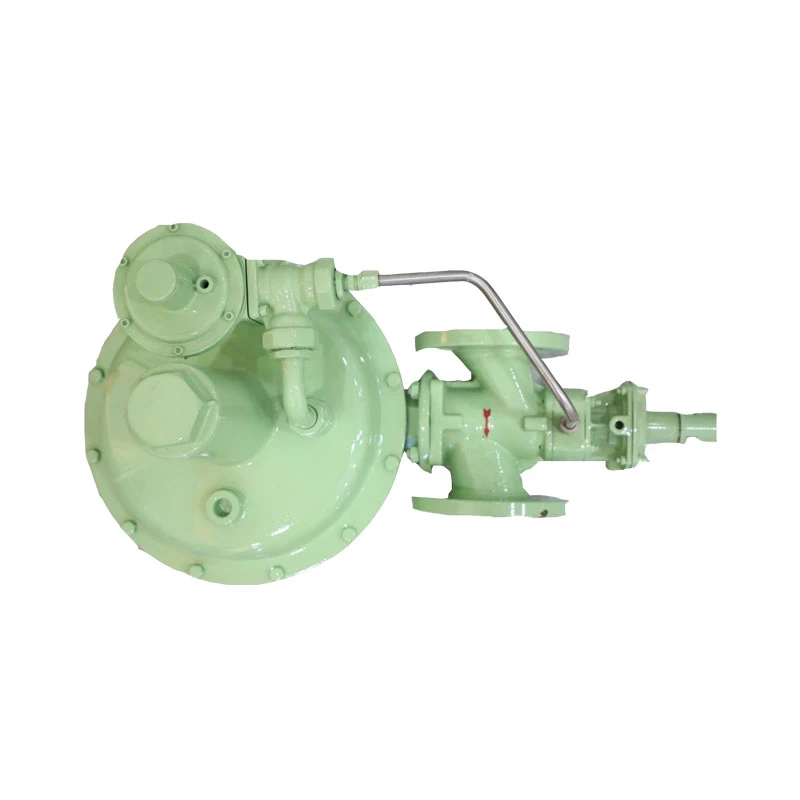
Nov . 06, 2024 17:09
Back to list
Creating a Cleaner Environment Through Innovative Air Filtration Solutions
The Importance of Air Purifiers Breathing Easy in a Polluted World
In an age where urbanization and industrial activities contribute significantly to environmental degradation, the importance of clean air cannot be overstated. One effective solution that has gained momentum in recent years is the use of air purifiers. These devices have become a crucial part of our indoor environments, ensuring that we breathe cleaner, healthier air in our homes, offices, and public spaces.
Air purifiers function by filtering out contaminants from the air, including dust, pollen, smoke, and volatile organic compounds (VOCs). With the rise of allergy-related disorders and respiratory conditions, the demand for air purification technology has surged. Asthma, allergies, and other respiratory illnesses often stem from airborne pollutants that can be prevalent not just outdoors, but indoors as well. In many cases, the air inside our homes can be more polluted than the air outside. Thus, investing in an air purifier is not just a luxury; it's a necessity for those seeking to protect their health.
The mechanisms by which air purifiers clean the air vary by model and brand, but they typically use filters, electrostatic, or UV-C light technology to eliminate pollutants. HEPA (High-Efficiency Particulate Air) filters are among the most effective, capable of capturing particles as small as 0.3 microns with a 99.97% efficiency rating. This includes dust, pet dander, mold spores, and pollen—common irritants for allergy sufferers. Some air purifiers also feature activated carbon filters, which absorb odors and chemical vapors, making them particularly useful in kitchens and areas with high levels of pollution from household chemicals.
The benefits of air purifiers extend beyond just alleviating allergy symptoms. Clean air can positively impact our cognitive functions and overall well-being. Several studies have shown that improved air quality can enhance focus, concentration, and productivity. For instance, employees working in environments with significant air pollution often report fatigue and decreased performance levels. Properly purified air can foster not only a healthier workplace but also a more efficient one.
purifier

Moreover, the current global health crisis brought about by the COVID-19 pandemic has heightened awareness of airborne diseases. Air purifiers equipped with HEPA filters can reduce the transmission of viruses and bacteria, adding another layer of protection in our efforts to stay healthy. Many establishments, such as hospitals and clinics, now recognize the role of air purifiers in infection control. Homeowners, too, have started to prioritize their indoor air quality, understanding that a clean environment contributes to a robust immune system.
Despite the numerous advantages of air purifiers, it is essential to choose the right model tailored to specific needs. Factors such as room size, types of pollutants present, and noise levels play critical roles in this decision. A larger space may require a purifier with a higher CADR (Clean Air Delivery Rate) to ensure adequate air circulation. For those sensitive to noise, quieter models or those equipped with a “sleep mode” feature can provide relief without disruptive sound.
While air purifiers are undeniably beneficial, they should not be seen as a panacea for air pollution. They work best when combined with other measures to improve indoor air quality. Simple actions like ensuring proper ventilation, reducing the use of synthetic fragrances, and minimizing indoor pollutant sources should also be part of our routine. Regular maintenance of the purifier, including timely filter changes and thorough cleaning, is crucial for optimal operation.
In conclusion, as we navigate through a rapidly changing world marked by environmental challenges, air purifiers emerge as a vital tool for promoting better health and well-being. They serve as our allies in combating indoor air pollution, providing us with the gift of clean air. Whether for personal use at home, in workplaces, or public spaces, investing in an air purifier reflects our commitment to safeguarding our health in the face of growing pollution and its associated health risks. After all, healthy air is fundamental to a healthy life, and a simple device can significantly improve our quality of life—one breath at a time.
Latest news
-
Safety Valve Spring-Loaded Design Overpressure ProtectionNewsJul.25,2025
-
Precision Voltage Regulator AC5 Accuracy Grade PerformanceNewsJul.25,2025
-
Natural Gas Pressure Regulating Skid Industrial Pipeline ApplicationsNewsJul.25,2025
-
Natural Gas Filter Stainless Steel Mesh Element DesignNewsJul.25,2025
-
Gas Pressure Regulator Valve Direct-Acting Spring-Loaded DesignNewsJul.25,2025
-
Decompression Equipment Multi-Stage Heat Exchange System DesignNewsJul.25,2025

